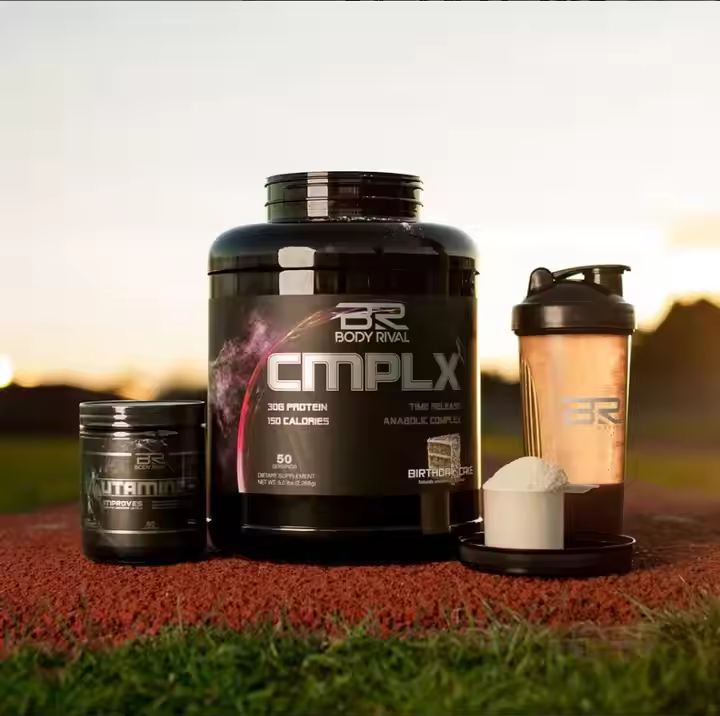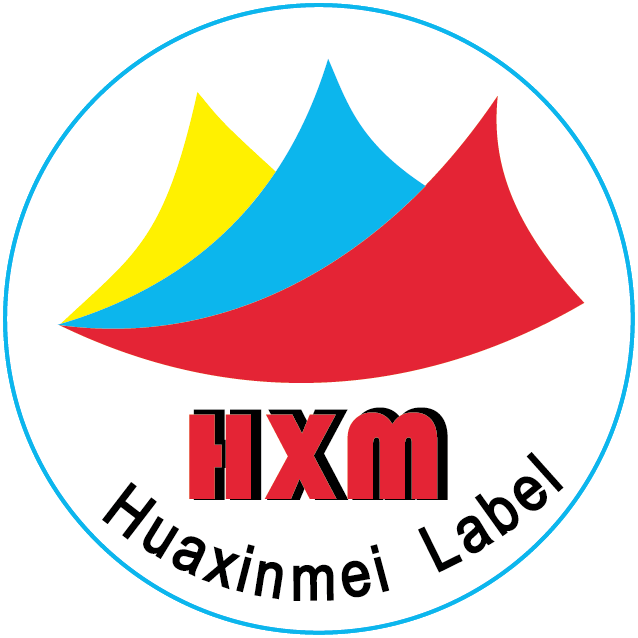Cost Control
Before producing labels, manufacturers should carefully optimize their designs. For example, a simple design can avoid overly complex patterns and color combinations, thereby reducing printing difficulty and costs. A straightforward design not only lowers production costs but also provides a clearer and more professional visual impression. As the saying goes, “less is more”; simpler patterns and minimal text are easier to remember. For instance, shampoo labels can be simplified to just text or a simple logo, clearly indicating to consumers that it is shampoo.
Manufacturers can also save by standardizing sizes, opting for common label dimensions to minimize material waste and avoid special processing costs. For example, choosing sizes that align with industry standards allows better compatibility with production equipment, thus improving efficiency. In the case of skincare products, the pump heads must match the bottles, saving both time and money during production. Additionally, skincare labels should be appropriately sized to fit the bottles; if they are too large or too small, they can negatively affect the consumer’s perception and experience. The ideal size enhances the product’s appearance while efficiently managing costs.

When selecting materials, manufacturers should aim to reduce costs as much as possible. It’s essential to choose materials that align with the product’s characteristics and intended use. For example, lower-cost paper labels may be suitable for standard packaging products, such as budget tea boxes aimed at mass sales, thereby effectively reducing costs. It’s crucial to clarify desired outcomes before designing labels, relying on quantitative analysis, market research, and evaluations of investment and return rates.
For products intended for harsh environments, such as outdoor equipment or chemical products, more durable yet pricier plastic or metal labels may be necessary. Manufacturers should choose the most cost-effective materials that meet usage requirements. Additionally, cost savings can be achieved through bulk purchasing and establishing long-term relationships with suppliers. Bulk purchases often yield better prices and lower unit costs, while long-term partnerships ensure stable supply and quality.

Smart Production Control
In this era of smart technology, production processes must also adapt to intelligent operations. Many factories have embraced automated production, and label manufacturing should follow suit. Optimizing automated production workflows by introducing advanced equipment and technologies enhances efficiency. Automation reduces manual labor and costs while improving consistency and quality.
Minimizing waste and strengthening quality control during production is essential to avoid material and time losses from defective labels. Surveillance cameras can monitor the production area to quickly identify issues, allowing for prompt resolution and increased efficiency. For example, rigorous quality inspections can help detect and address problems early, ensuring that every label meets quality standards.
Manufacturers can also manage suppliers by comparing multiple options to find reasonably priced and reliable sources. This process, known as “shopping around,” involves soliciting quotes and comparing quality to select suitable label manufacturers. Factories can evaluate suppliers based on price, product quality, and delivery times through inquiries and sample testing.
To further save costs, manufacturers should establish stable cooperative relationships with suppliers and jointly explore cost-reduction strategies. For example, optimizing the supply chain can reduce logistics costs, or collaborating on technological innovations can enhance production efficiency.

Quality Control
In the early stages of label production, it is crucial to define quality standards and establish detailed criteria for materials, design styles, and large order quantities to ensure product quality. Quality standards should be based on product requirements and industry norms, covering aspects such as material quality, printing accuracy, dimensional precision, adhesion, and weather resistance.
For instance, cosmetics labels must be fire-resistant and able to withstand high temperatures, while also being waterproof. If some labels lack sufficient adhesion, they may peel off when exposed to water; therefore, manufacturers should consider investing more in adhesive quality. Each production stage should have measurable standards to facilitate quality control throughout the process.
Ensuring high-quality label production can lead to more repeat customers, minimizing communication costs and interaction times—another way to save costs. Manufacturers should communicate quality standards to suppliers and require strict adherence to these standards. Clearly defining quality responsibilities and liabilities in contracts can further ensure that suppliers prioritize quality.



